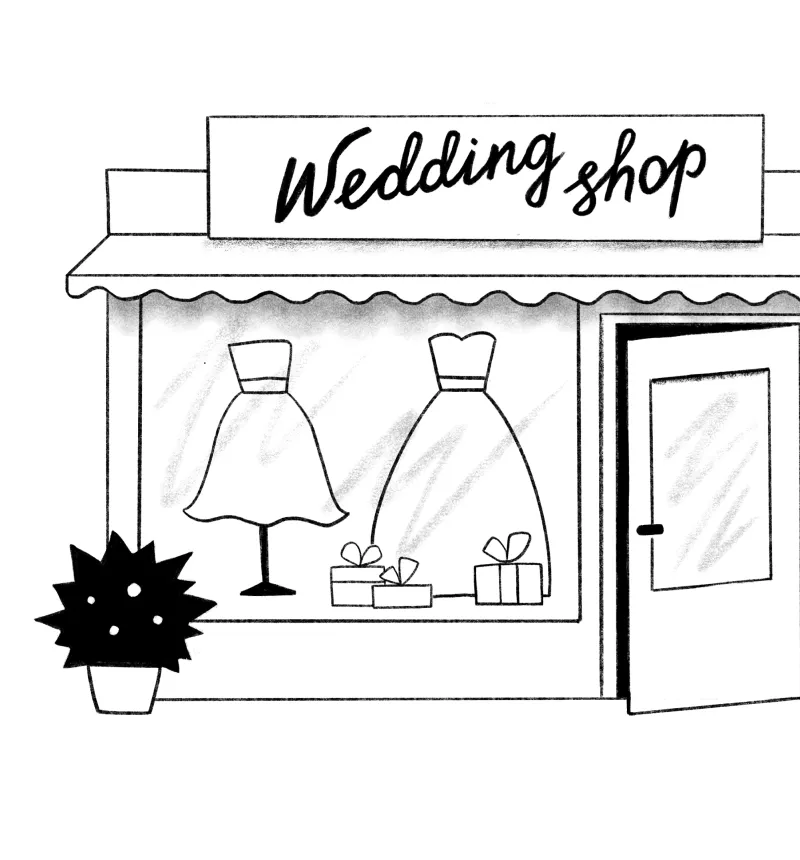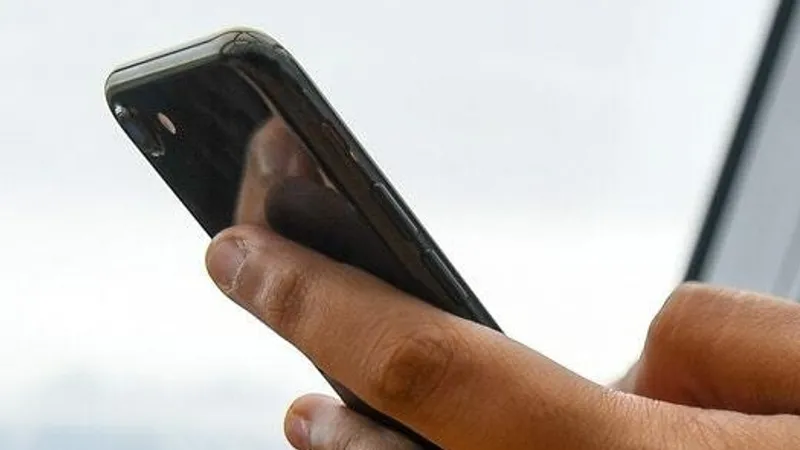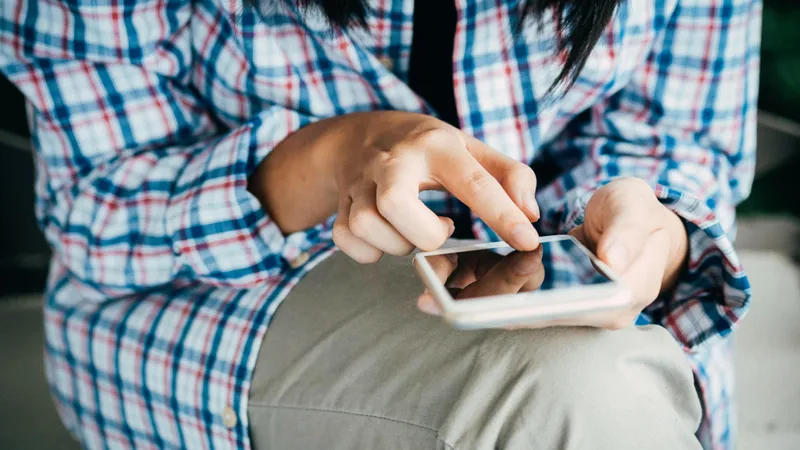Add, remove & assign phone numbers on demand
Manage, respond to, and share calls with your team
Send & receive any message you need to
Keep contact details in one place with a shared phonebook
For on-the-go teams to share messages, calls, and contacts
A full directory of all our included features

Broadcast (Mass) SMS: How businesses and customers are connecting

Living in a tech-heavy culture has made it difficult to connect with customers, and the pandemic has only made that worse.
In some cases, over-crowded social media platforms haven’t quite delivered when it comes to reaching your customers. You want better results and a more reliable way to know how you're doing.
Broadcast SMS is the easiest way to do this — this guide will help you to understand how.
What is SMS?
SMS, also known as a short messaging service, is simply text messaging.
Mobile services can offer different forms of this. For example, iPhones have iMessage. That means, if you use iMessage to send a text, it sends that message via data or WiFi.
SMS, on the other hand, uses cellular towers. Don’t worry if that sounds complicated. All you really need to know is that by using SMS, your recipients won't need anything but their own mobile to get it.
SMS is the most common way to send and receive text messages. It's reliable and any mobile device can do it.
What does 'broadcast' or 'mass SMS' mean?
Broadcast or mass SMS, also known as bulk texting, is when you send a message to many people at once.
Importantly, mass texting isn’t the same as a group text message.
Let’s take a typical group text message as an example. You and your family start a text conversation to organise an upcoming holiday gathering. Every time you send a message, everyone in the group receives it. And likewise, each message they send, you receive it and so does everyone else.
This is helpful because it saves everyone from having to repeat themselves. And everyone knows everyone else got the message.
The difference between that and broadcast SMS is that the recipients will only receive your message.
Everyone will get your message at the same time, but they won't be able to tell who else you sent it to. And if anyone replies, their response will only go to you — nobody else can see it.
This saves you a lot of time from trying to find and contact all your customers individually. And it reserves the privacy of everyone on that list as well.
This makes mass texting effective, secure and private, and those are just some of the reasons that many businesses use them today.
What's the difference between bulk SMS and SMS blasts?
There isn't one, really. They are both mass texting. In fact, mass texting, bulk texting, mass SMS, SMS blasts and bulk SMS all mean the same thing.
It really just comes down to your preference in terminology!
Can you simply send a mass text straight from your phone?
Broadcast SMS is designed differently from your regular texting. This is because you want to send a single message to a large group of people, without creating a group chat. Additionally, the high-volume of mass texting is often outside the capability of your regular mobile network provider.
Sending a mass text takes a specific coding that has to be approved by mobile carriers. This is why these kinds of SMS messages you receive have a special 5 to 6 digit number, instead of a traditional phone number.
Your customers will be subscribing to that special 5 to 6 digit number. That creates the space for the mass text. Plus, they are able to unsubscribe if they no longer wish to receive messages from you.
How can you start using mass texting for your business?
The easiest way is to find an app to help you.
Mass texting apps let you save a list of all your customers. You can edit this list any time you need. Then when the time comes to send that important message, the app will do it for you, making sure that everyone on your list receives your message.
All you have to do is compose the message and send it.
There are also software and service providers that can offer feature-rich broadcast texting. However, setting this up can mean more work and more understanding of the mass SMS capabilities. And although you might benefit from more features, these will also cost more money.
Is it worth doing this?
Yes!
Times have changed. Competition for customers' attention is fierce, and businesses need to find the right way to connect with their consumers.
Social media might be the right place for showing customers your new products or giving a hint of your personality. However, text messaging is the right medium when you need a direct, speedy and concrete outcome, such as showing up for an appointment.
They are more likely to see it, remember it and respond to it. This is why it is becoming the most common form of communication for businesses.
Are there other benefits?
Absolutely. Broadcast texting also makes it very easy to get feedback and reviews. You won't have to wait for the customer to go online and search out a survey (in which case, you might be waiting forever).
It's also a great way to send out notices and updates.
For example, let's say your business unexpectedly has to close for the day. With mass texting, you are able to cancel your appointments and inform the customers, heading off any disappointment or confusion. It's also a convenient way to let everyone know when you're open again.
What if I come across any problems?
This is another benefit of using an app to do this for you.
If you come across problems, you can raise the issue with that app's support. They will take care of it and, most likely, a lot faster. This is something you can make sure of if you choose a broadcast SMS service.
In short
Broadcast (or mass) SMS is straightforward, quick and personal.
It’s the fastest way for businesses to communicate with their customers. Go now and try it for yourself!

Continue reading
What is SMS texting and is it still relevant today? No matter how many texts you've sent, you might not know the answer. Check out our guide to find out!
Both business SMS and personal texting are useful for communicating with your customers. Learn how to use both to your advantage.




